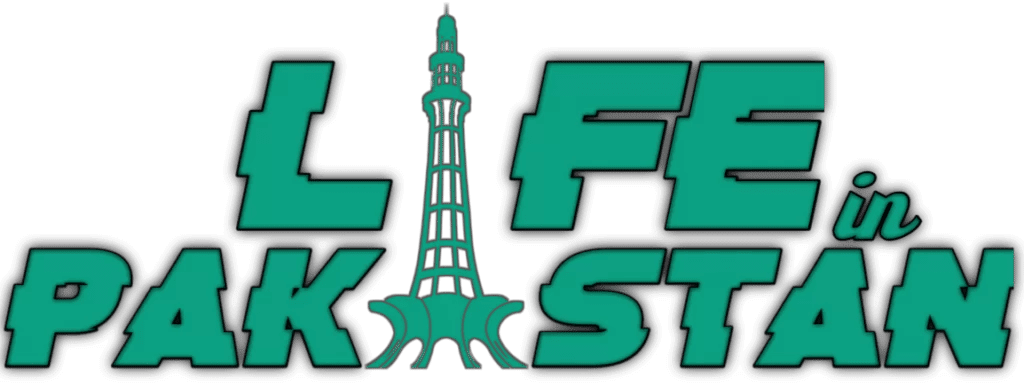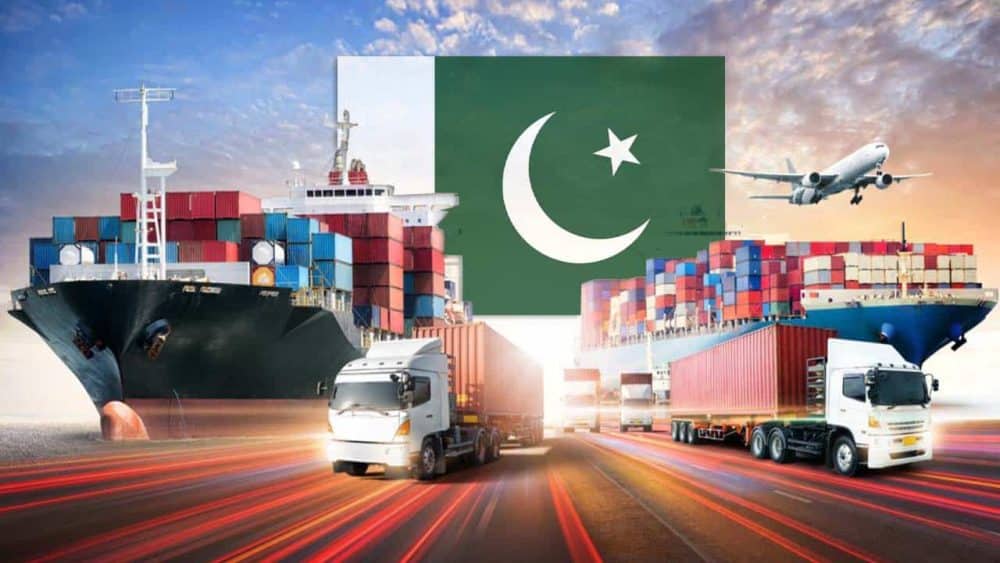In a decisive and multifaceted response to the 29% tariffs imposed by the United States under the Trump administration, the Government of Pakistan, led by Prime Minister Shehbaz Sharif, has launched a comprehensive diplomatic and economic strategy to safeguard its trade interests and cushion the potential blow to its already fragile economy.
This aggressive approach includes the formation of a high-level steering committee and a technically-focused working group, with a clear mandate to navigate the challenges posed by the new trade barriers.
At the core of this initiative lies a 12-member high-powered steering committee, helmed by Finance Minister Muhammad Aurangzeb.
Committee to Lead the Strategic Response
This body is tasked with overseeing all policy, diplomatic, and trade negotiations relating to the US-imposed tariffs.
- Federal Minister for Commerce
- Federal Minister for Petroleum
- Special Assistant to the Prime Minister on Industry
- Chairman, Federal Board of Revenue (FBR)
- Foreign Secretary
These officials represent both diplomatic and economic channels, ensuring a coordinated response across all relevant government departments and international platforms.
- Conduct a deep analysis of the direct impact of the US tariffs on Pakistani exports
- Propose short-term relief measures for affected businesses
- Explore alternative international markets to diversify export destinations
- Provide real-time data and reports to guide government decision-making
Pakistan’s Strategic Trade Goals Amid Rising Protectionism
With the textile, leather, and agricultural sectors at particular risk, the strategy will prioritize safeguarding employment and production in key export industries.
Pakistan aims to lobby for tariff reductions or exemptions by engaging with US lawmakers, diplomats, and stakeholders.
Recognizing the volatility of reliance on a few key markets, Pakistan is actively working to strengthen trade ties with the EU, China, Central Asia, and ASEAN countries.
The textile industry, contributing more than 60% of total exports, is particularly vulnerable.
- Footwear and Leather Products
- Surgical and Medical Instruments
- Basmati Rice and Agricultural Products
- Sports Goods (particularly from Sialkot)
The government is also planning to introduce logistics and infrastructure upgrades in key export hubs to reduce operational costs and make Pakistani goods more competitive internationally.
Leveraging International Trade Forums
Pakistan is preparing to present its case at global trade forums, including the World Trade Organization (WTO).
The newly created working group will be pivotal in drafting detailed dossiers, economic impact assessments, and counter-arguments, which will be used to support Pakistan’s claims at the WTO Dispute Settlement Body.
In response to deteriorating trade terms with the US, Pakistan is actively pursuing new trade partnerships.
Their input will be essential in identifying practical solutions, assessing on-the-ground challenges, and refining policy interventions that work in real market conditions.
This public-private collaboration model ensures that trade reforms are realistic, sustainable, and beneficial for Pakistan’s export community.


